DANUrB - Partner´s meeting and student workshop followed by the Danube Day celebration in Štúrovo-Esztergom_June, 28-30, 2017
27-07-2017
On June 29, 2017, all countries along the Danube celebrated the significance and majesty of this European river by various activities and accompanying events. The DANUrB project with twin-cities of Štúrovo and Esztergom were no exception.
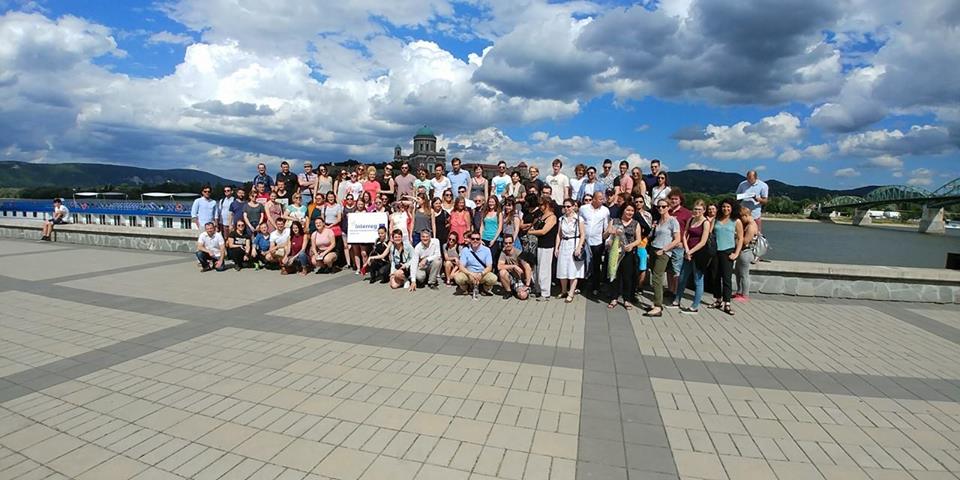
The partners´ workshop and research meeting started on June 28 at the Budapest University of Technology and Economics (BME), the project Lead Partner´s home university, where discussions on project research objectives took place. The main topics included the discussion on the connections with stakeholders and enterprises, platform progress, GIS systems, DANUrB matrix and strategy, research methodologies and the selection of cultural heritage for valorization, etc. The meeting of project partners was wrapped up by the Steering committee meeting about the future progress of the project and reporting its first period.

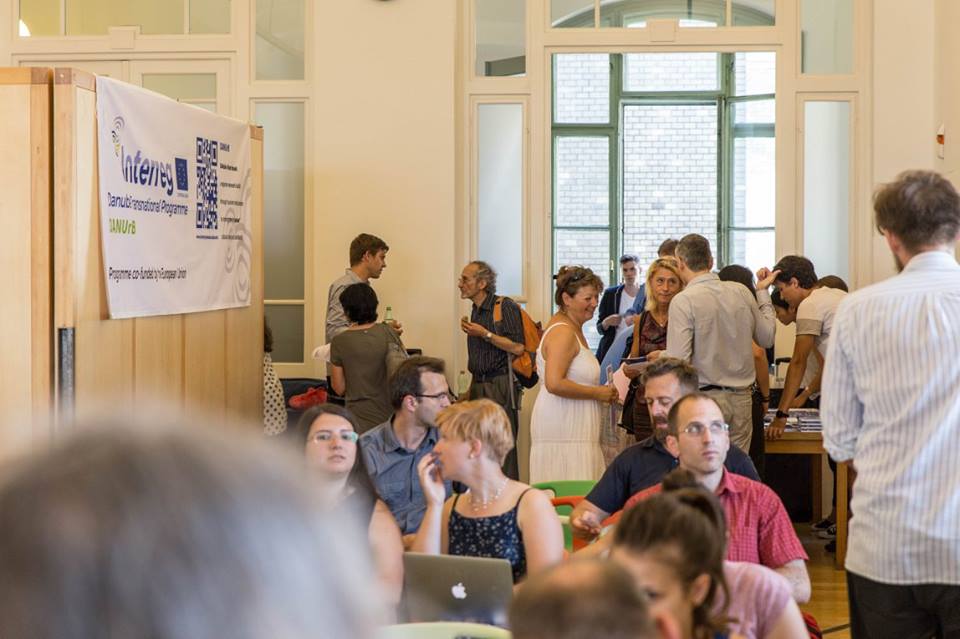
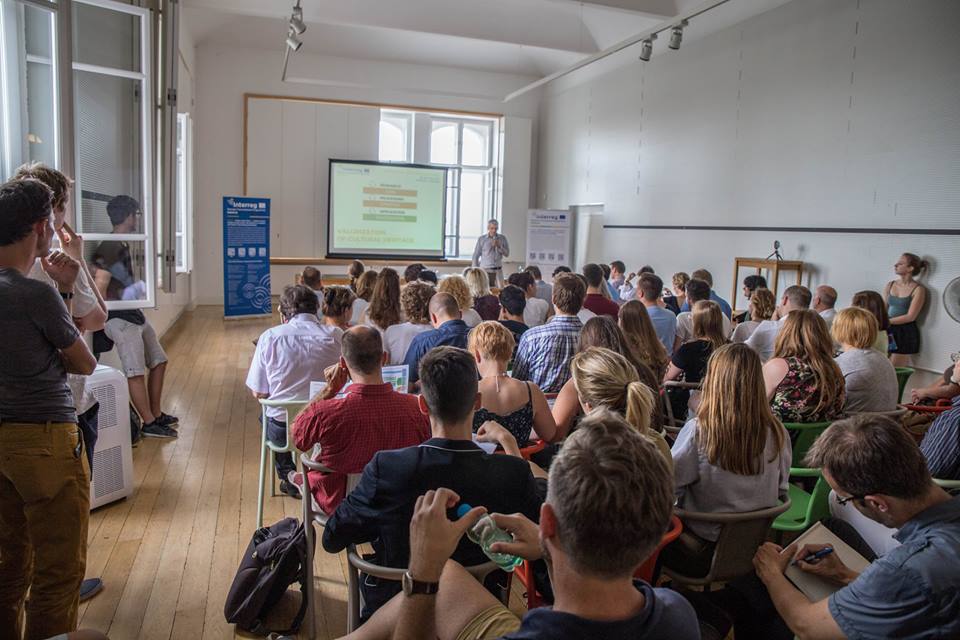
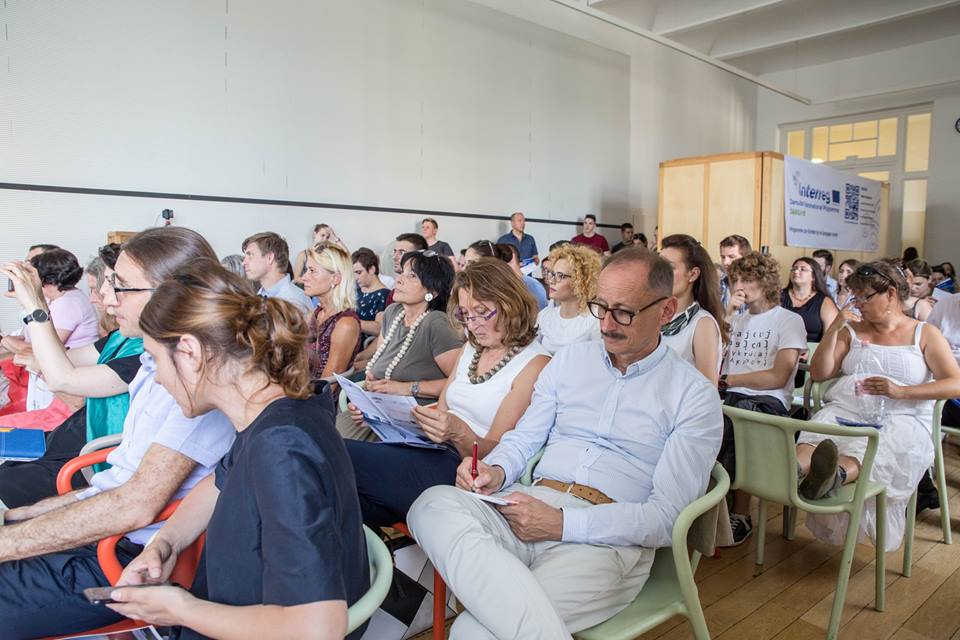
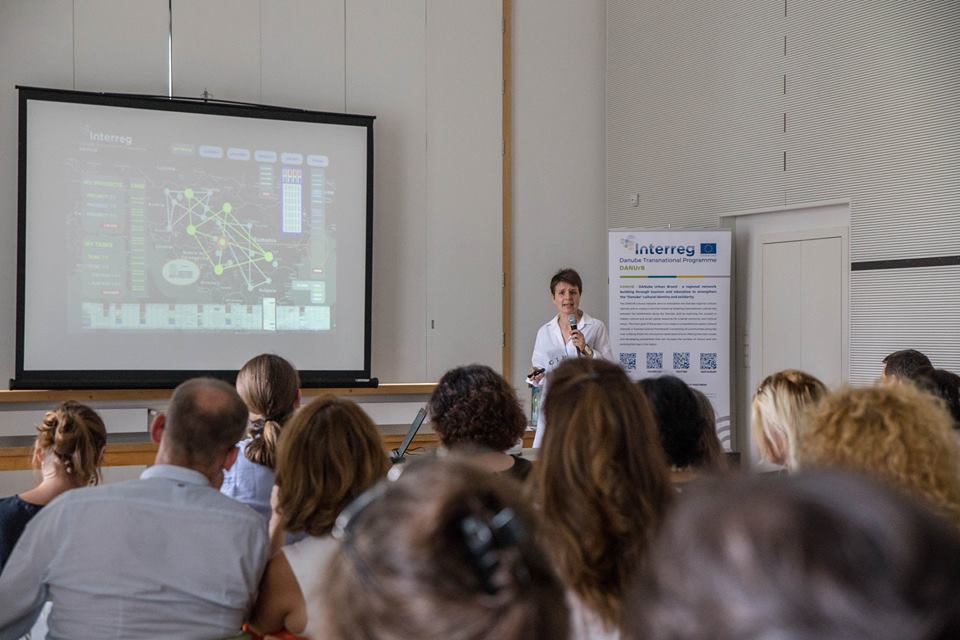
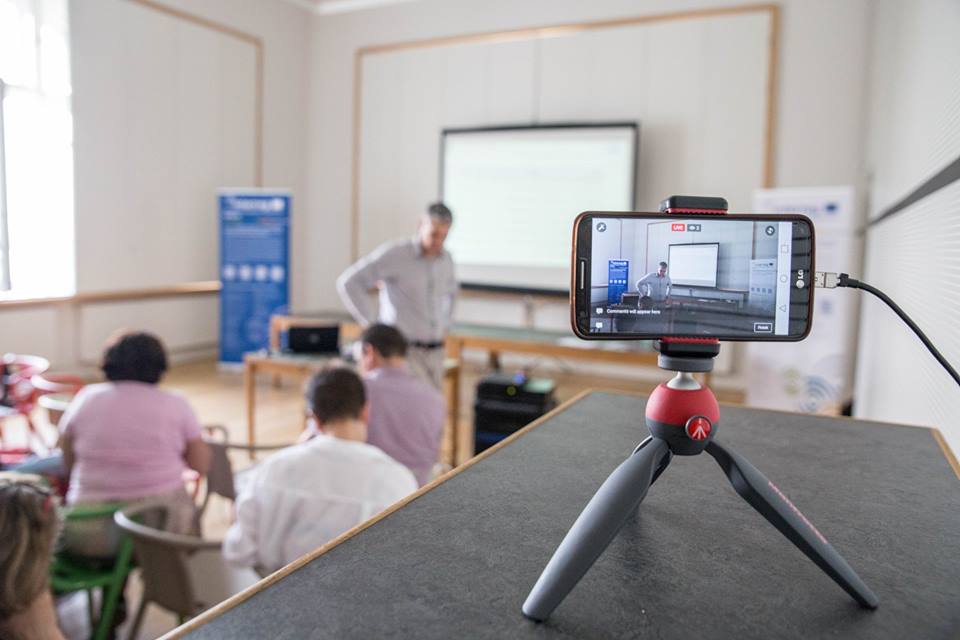
Parallel session of student workshop aimed at preparing the presentation for the next day when student projects and their connection to the Danube river were shown to the public and other researchers in the Danubius Cinema in Štúrovo. All presentations were divided in the following thematic groups: Urban riverside as a public space (representation spaces, leisure activities, sport potential: fishing, water sports, etc); Architectural heritage + substance along the Danube (historical, industrial, communist...); Mobility and Danube areas; Danube as an economic resource (industries, tourism, agriculture); Danube related intangible cultural capital integration (folk traditions, gastronomy, ...); Danube and local ecologies (environmental issues, nature revitalisation, flood risks amelioration).
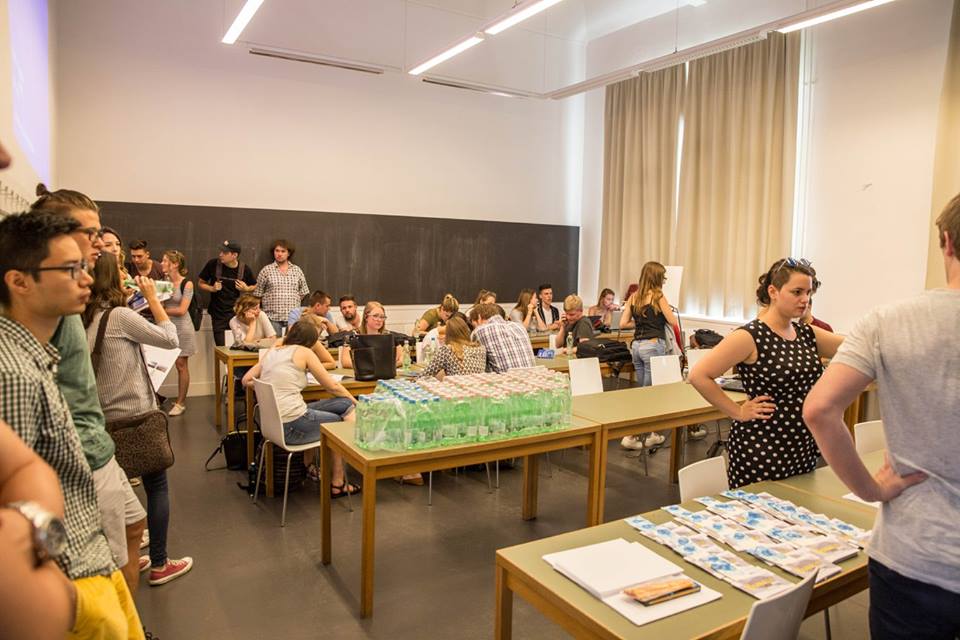
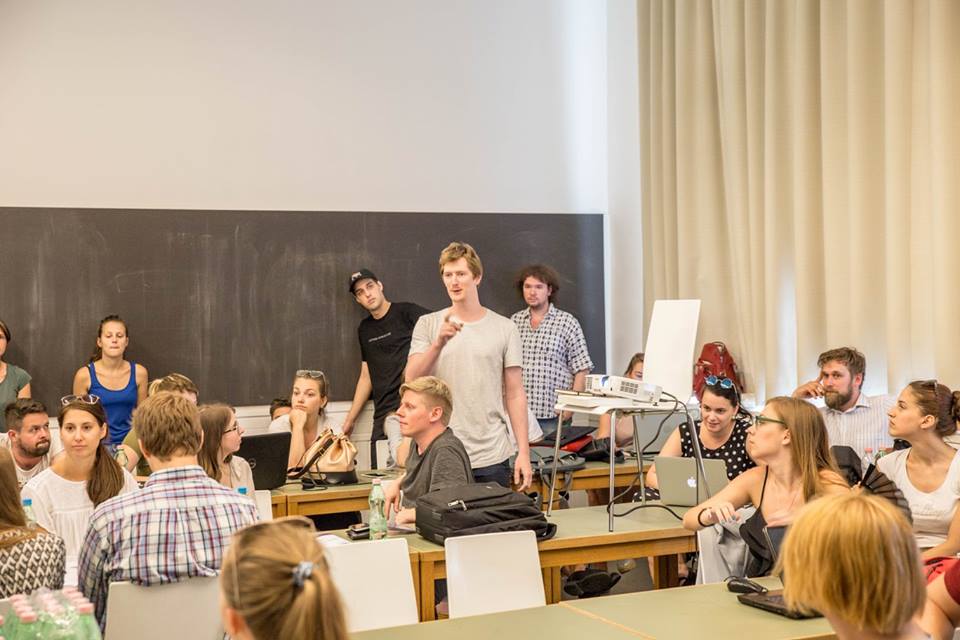


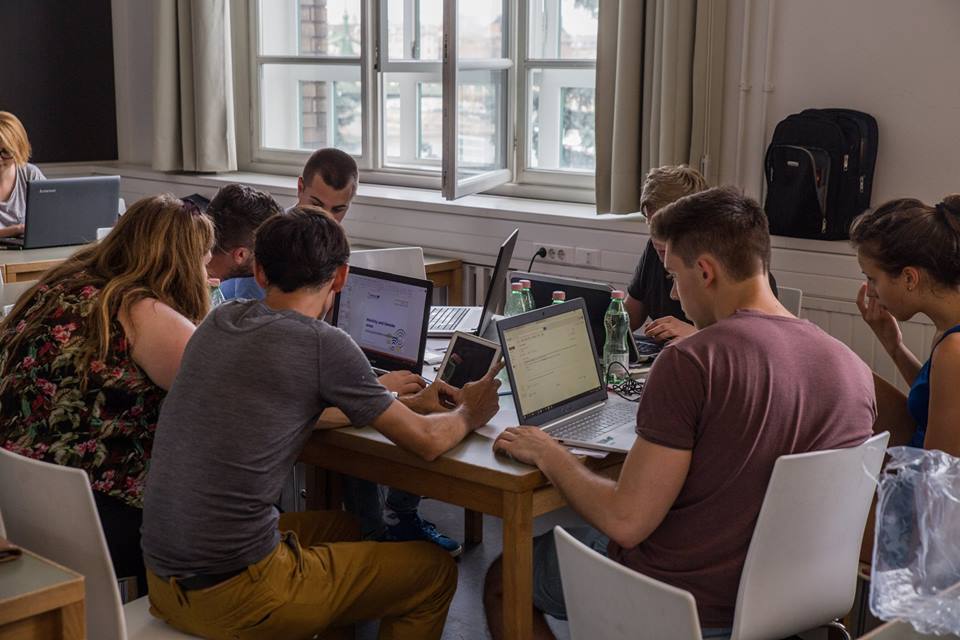
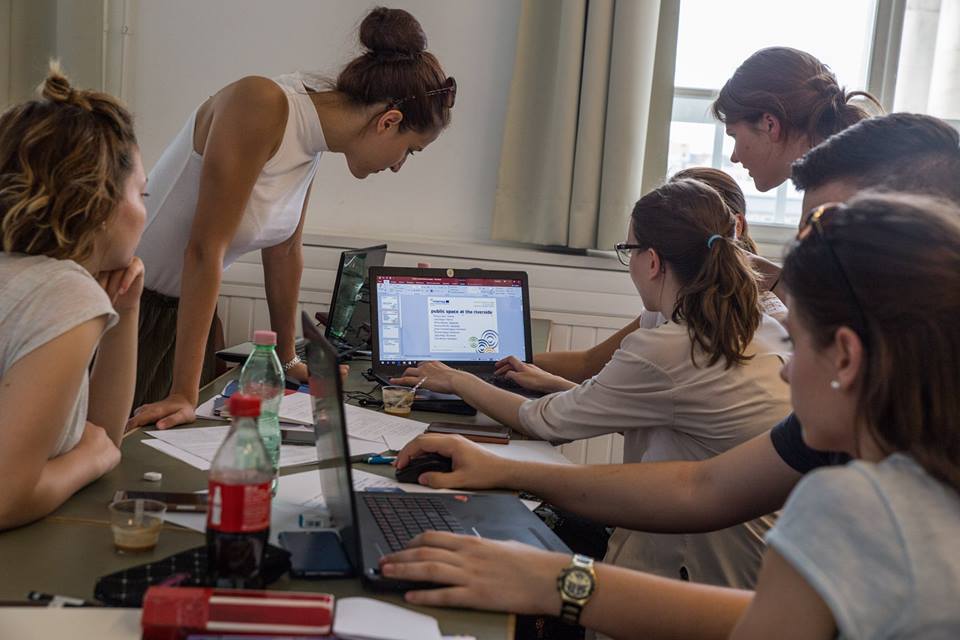
Esztergom – in Hungary, and Štúrovo – in Slovakia are the only full project partners in the DANUrB partnership, therefore these twin cities will host pilot programs for the entire duration of the program. The two cities have a rich collection of different cultural heritage assets. Still, tourists only visit some prominent places and don’t contribute much to the local economy. Locals have ambivalent connections with their heritage, and the main natural element, the Danube contributes little to their everyday life.
All partners will meet again in Esztergom - Štúrovo for the final closing conference of DANUrB in 2019, but until then we try to make visible changes in the use of Danube related heritage. The work began this year, when students and professors of STU Bratislava and BME Budapest made research and planning projects in these locations. The DANUrB partnership persuaded the two municipalities to fill the date of the international Danube Day with live local content, and to combine the genres of a local festival with a professional experts meeting. All 24 programs on the 29th and 30th of June aimed to bring closer the public to the riverbank and to the idea of using better the potential of the Danube. Exhibitions of student works – not only from these cities - made aware locals of the development potentials the Danube can give. Community programs organized by local stakeholders and external experts solicited locals to use the Danube in a playful way. Urban walks, water and land games, rarely seen screenings, rowing boat tours and a photo exhibition revealed to locals and visitors the rich heritage of these places and offered platforms for interactive discussions between local organisations and other interested audiences. All activities and events culminated in a Pecha Kucha style introduction of Danube related local and international projects and a party on the riverbank afterwards on Thursday night. Danube Days also provided an inter-cultural culinary experience for all age groups.
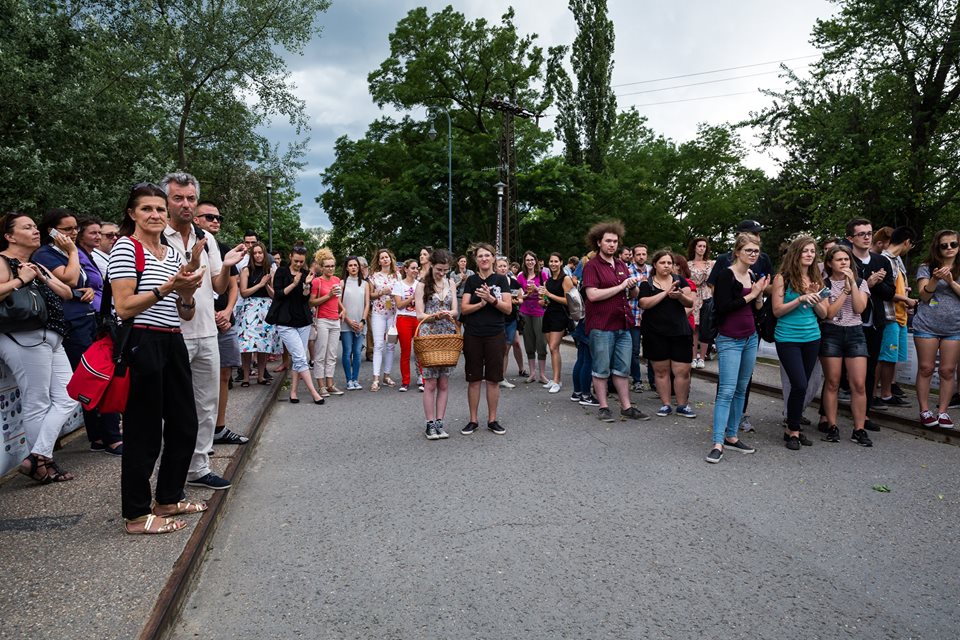
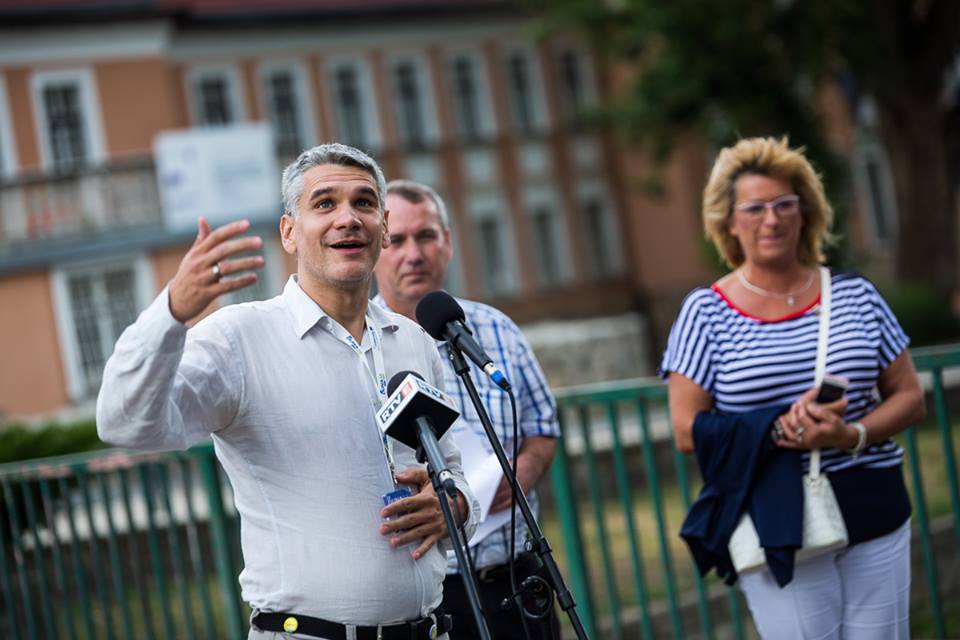
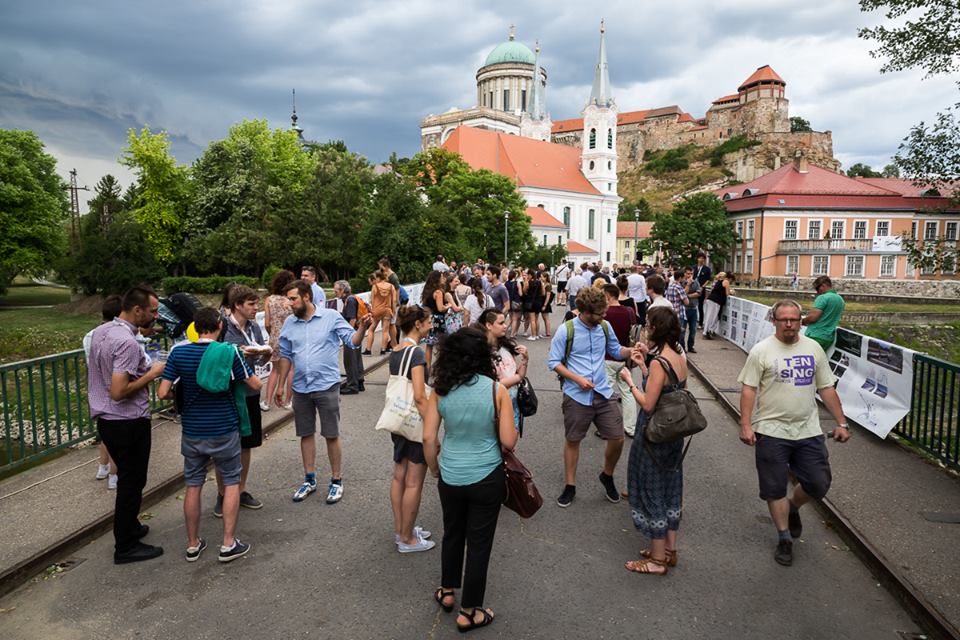
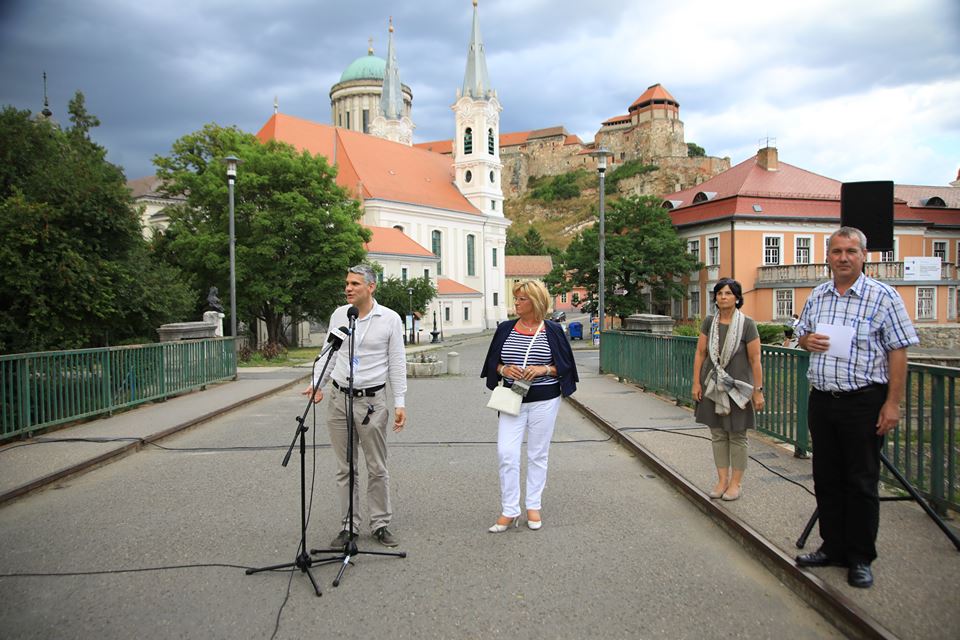
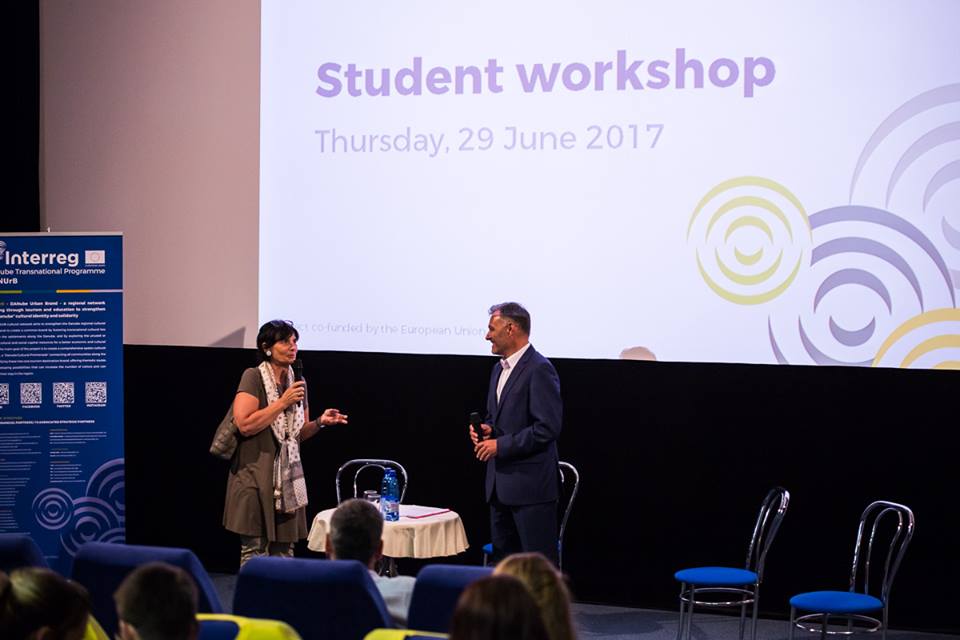
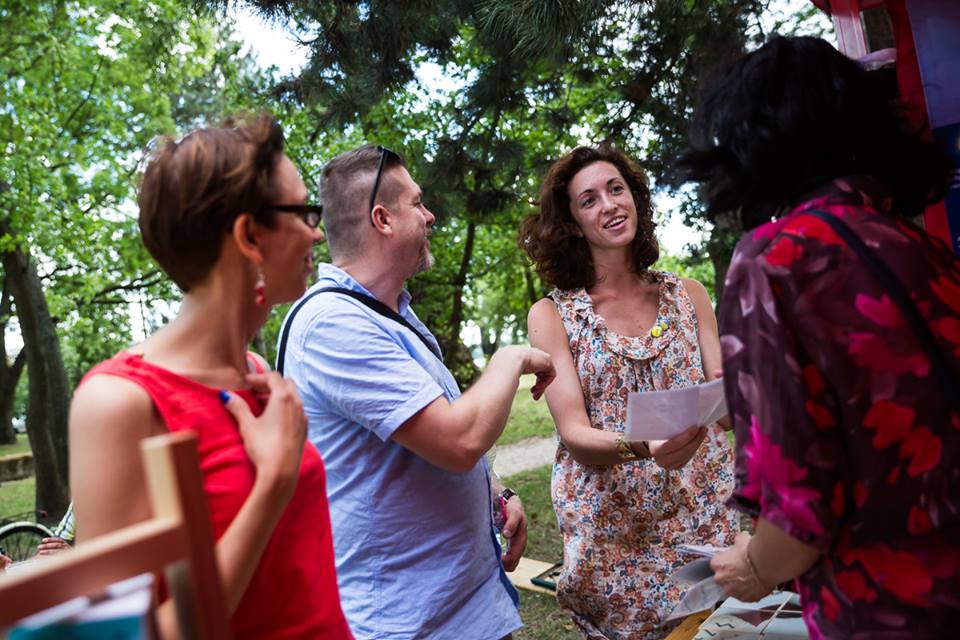
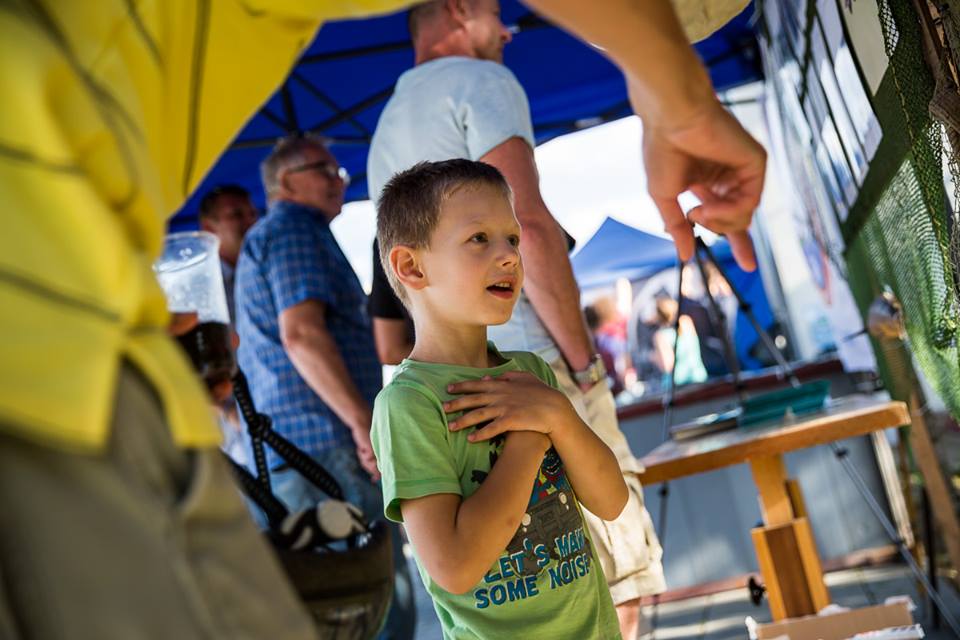


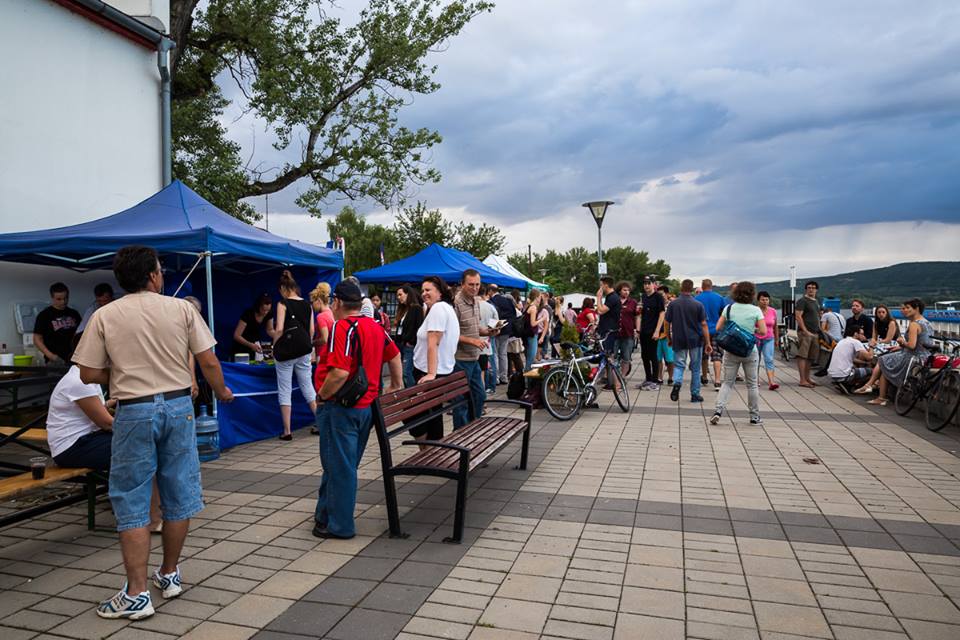
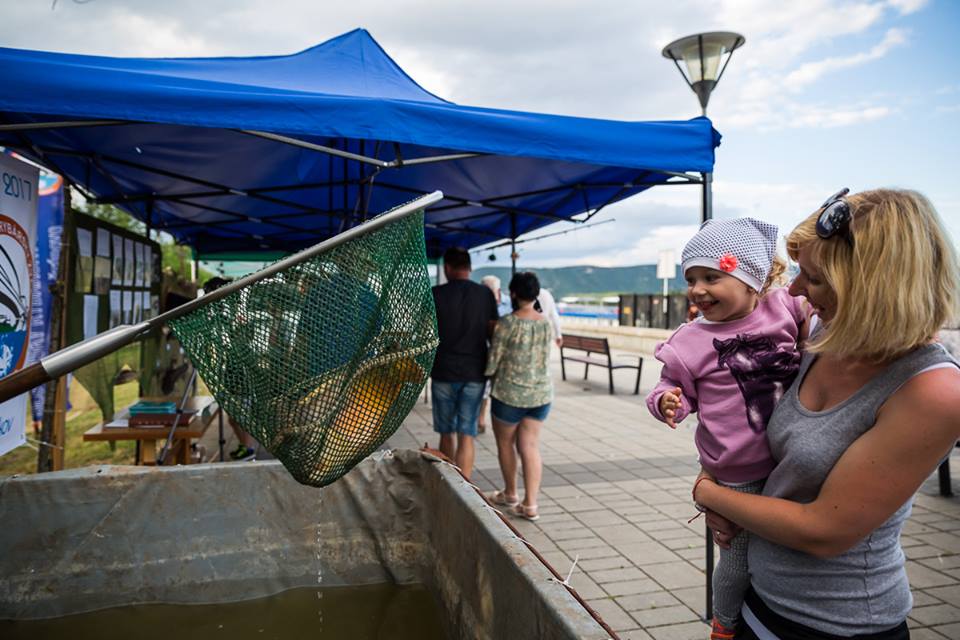
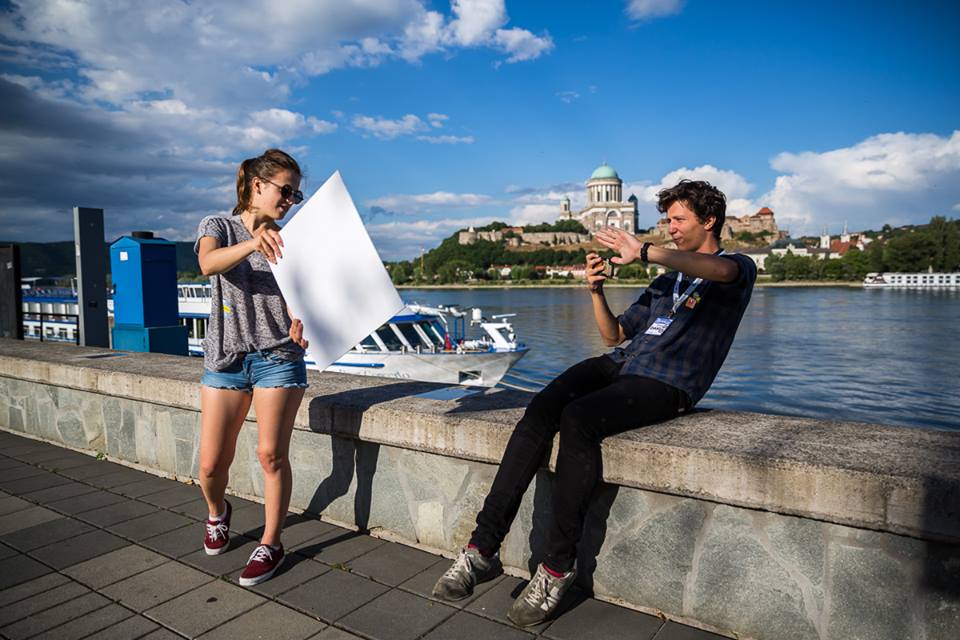
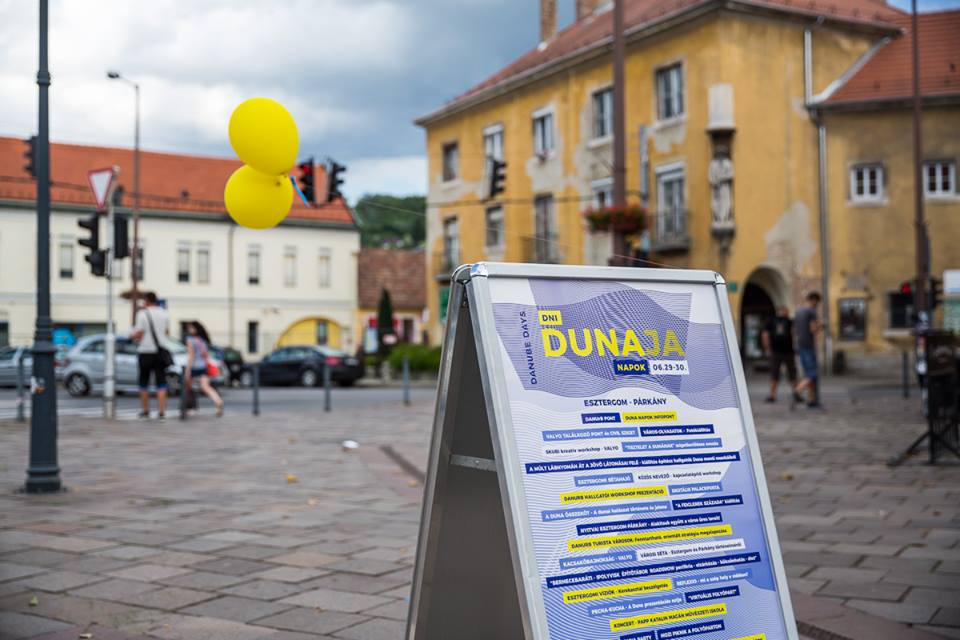
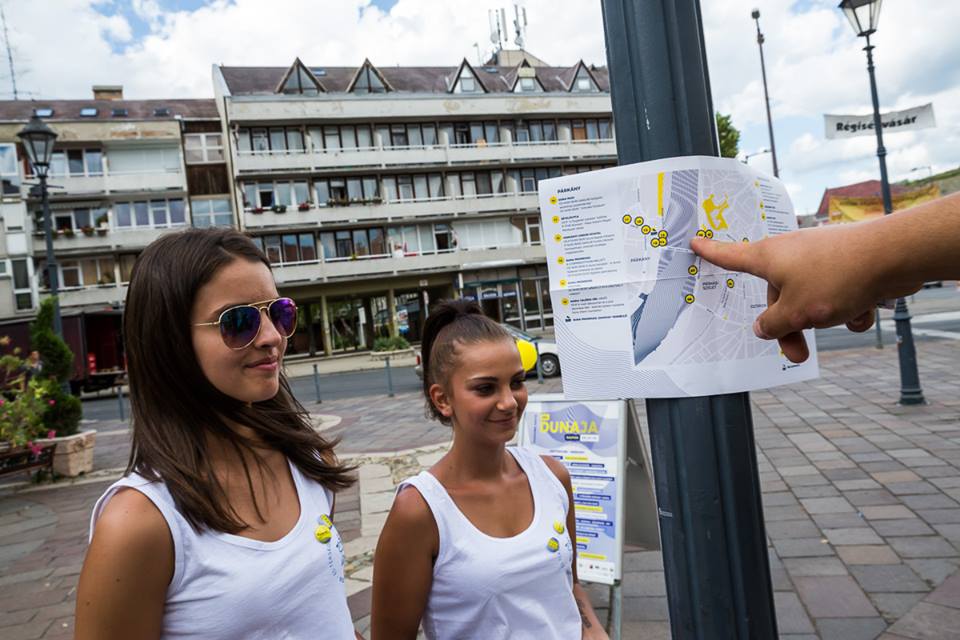
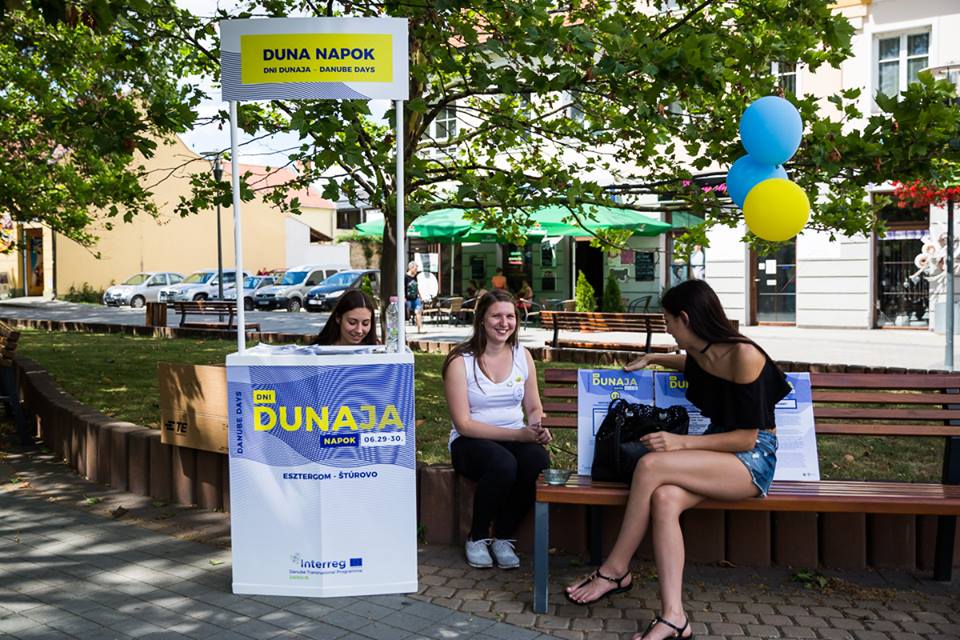


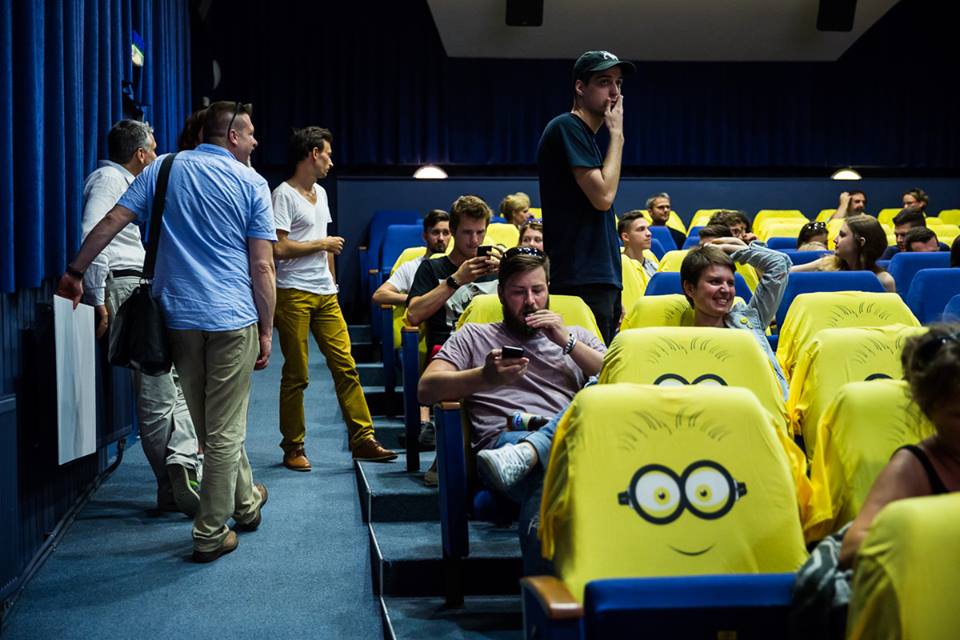
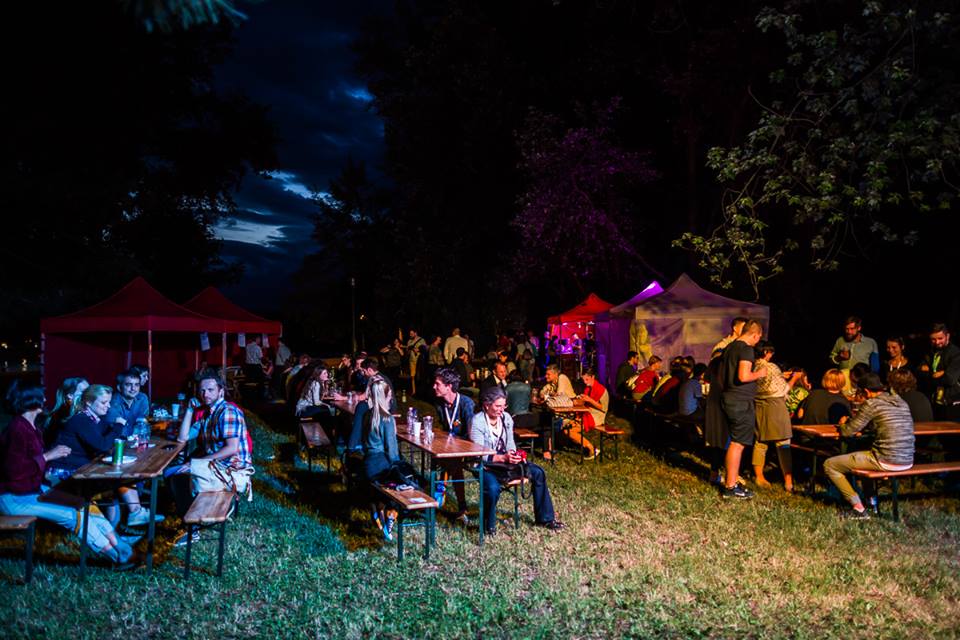
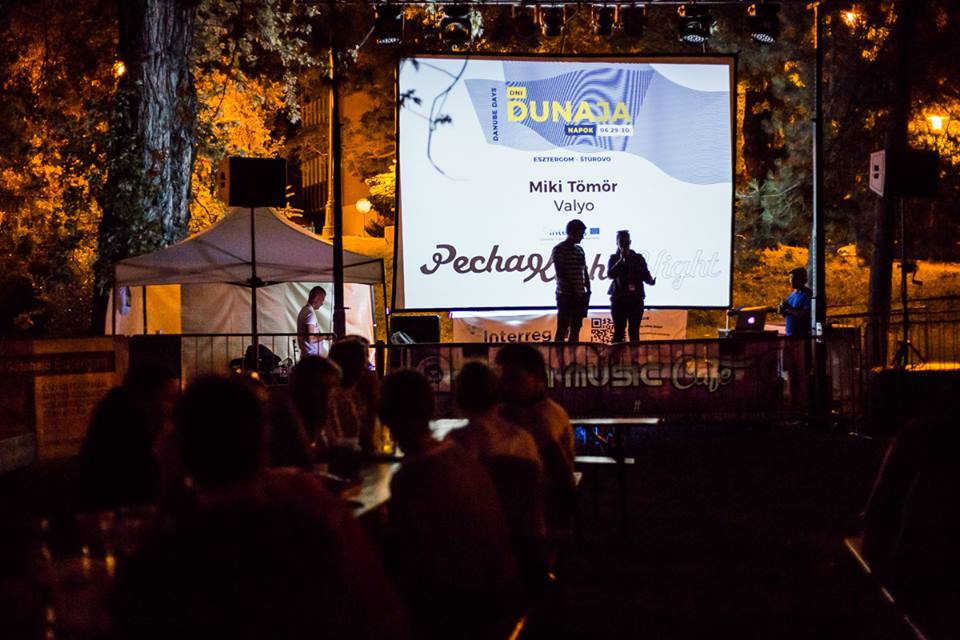
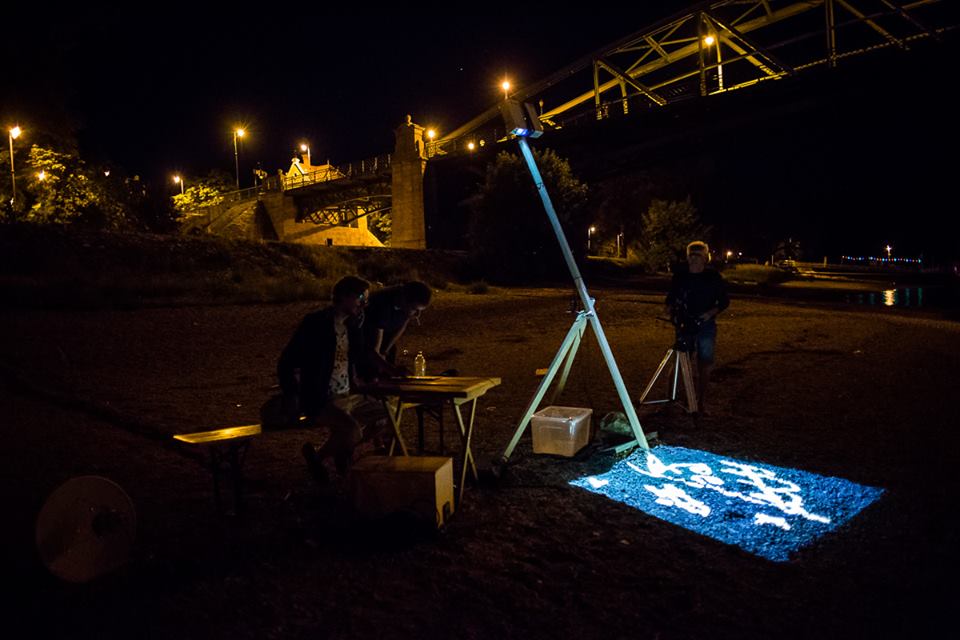
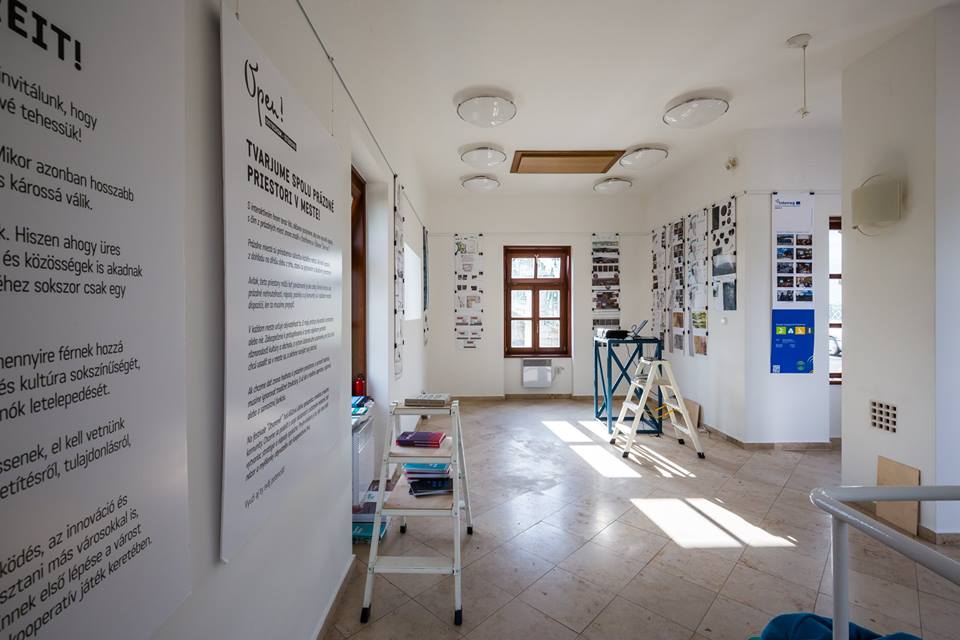
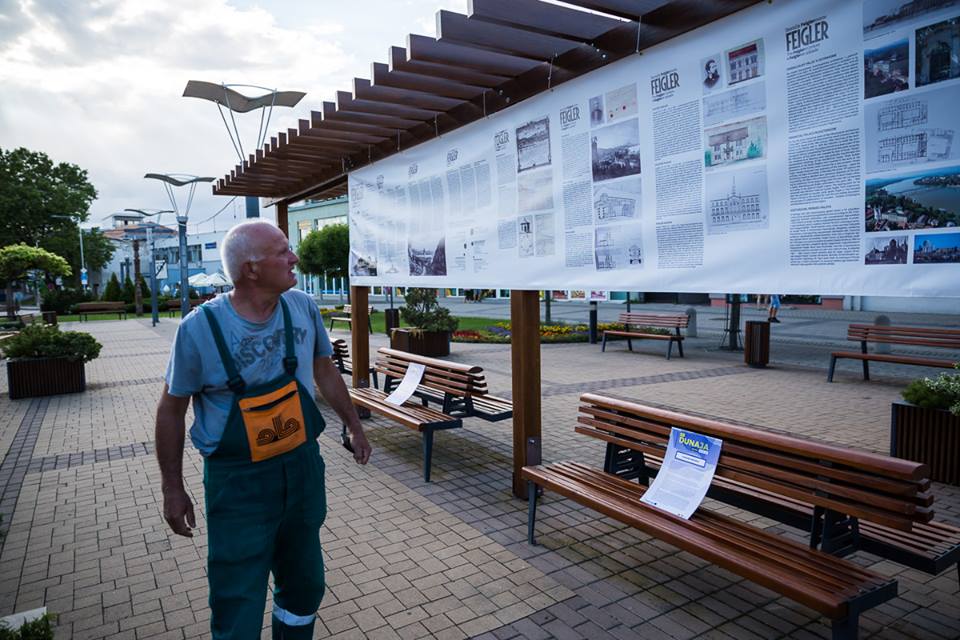
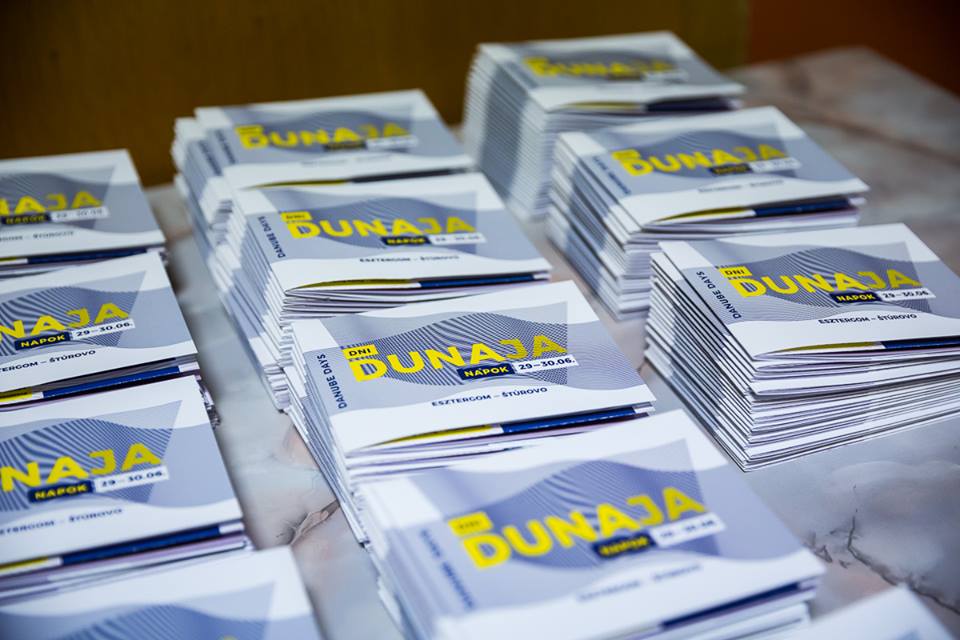
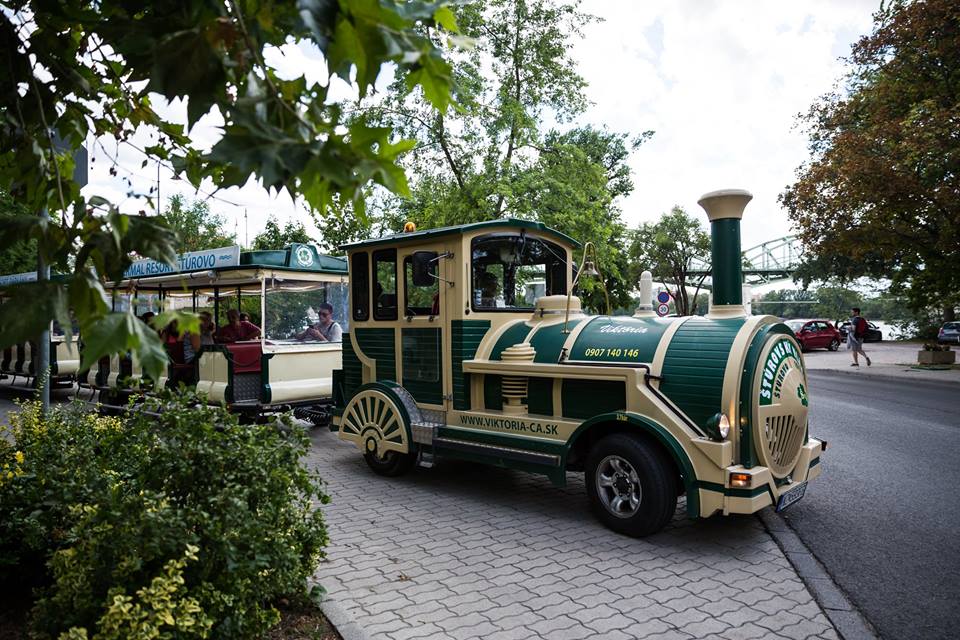
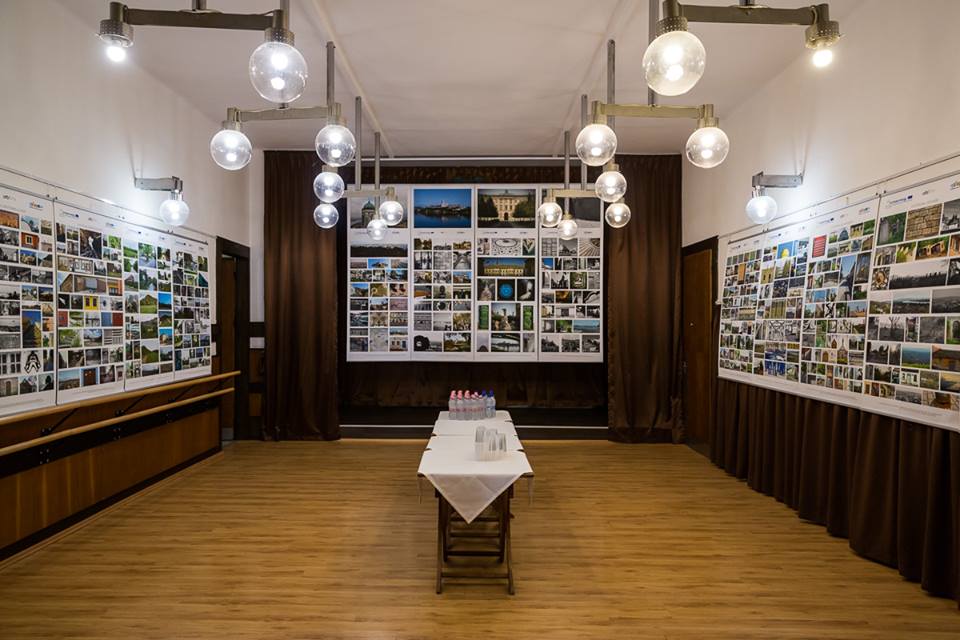
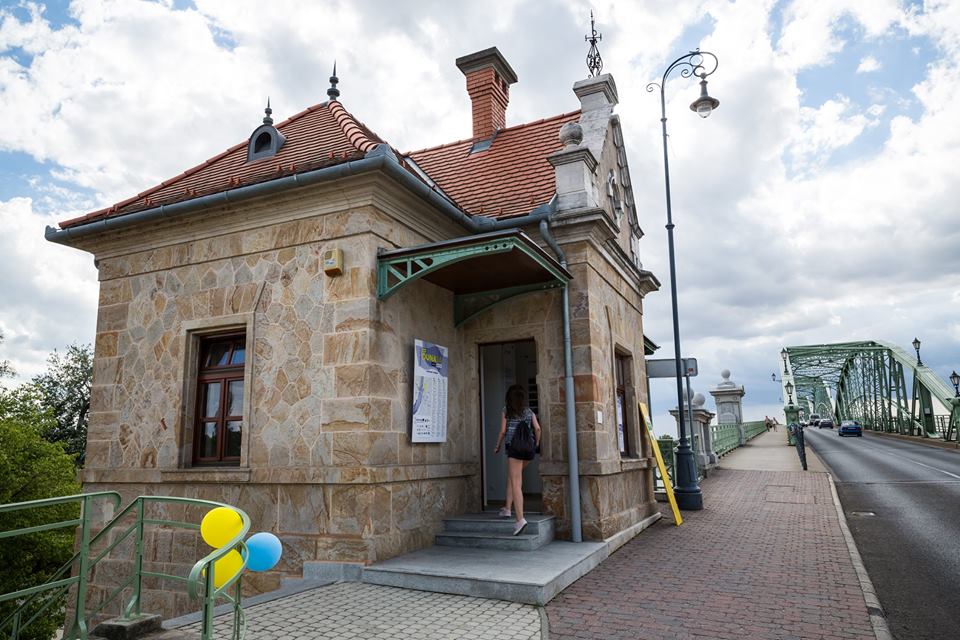
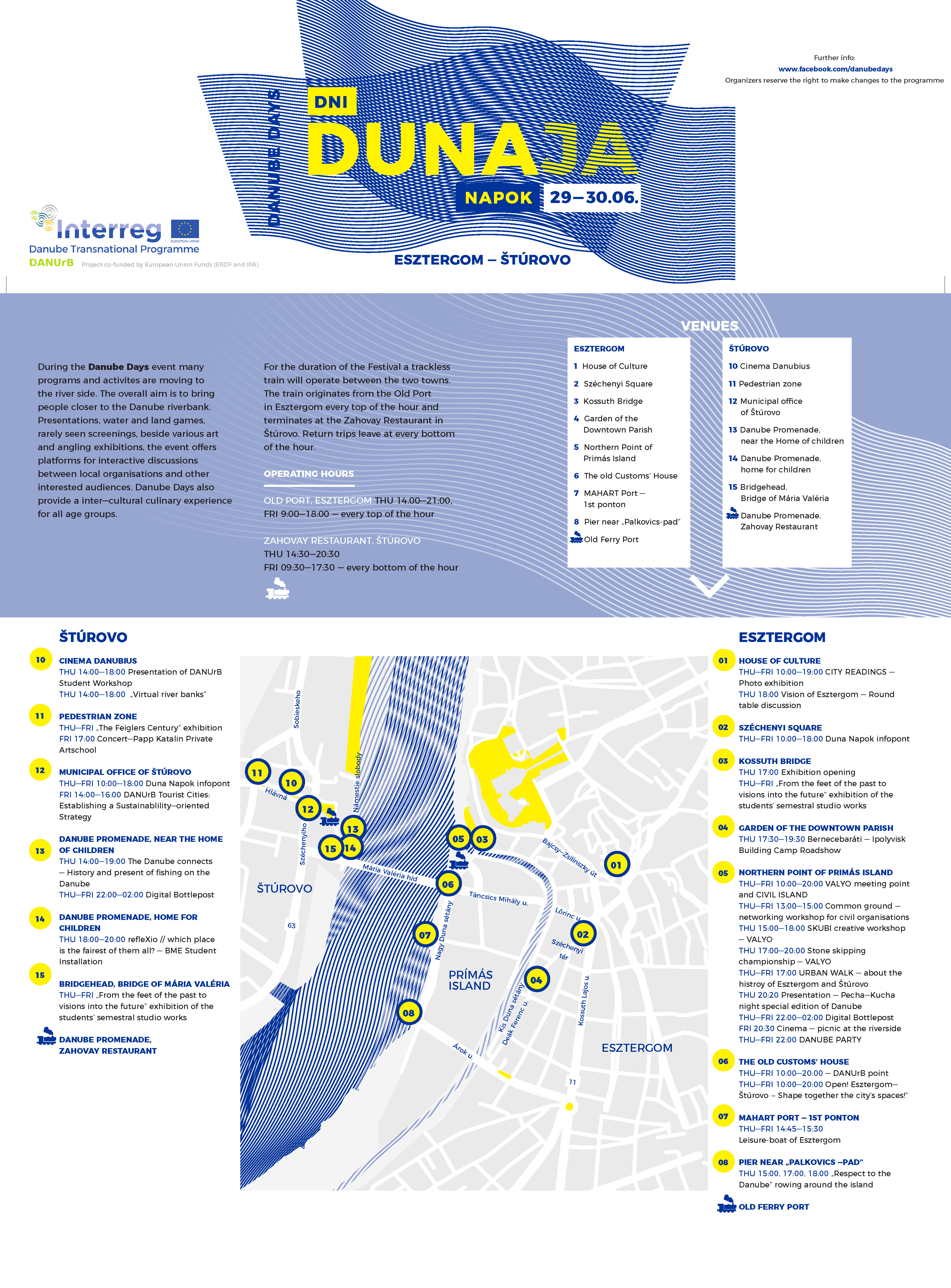
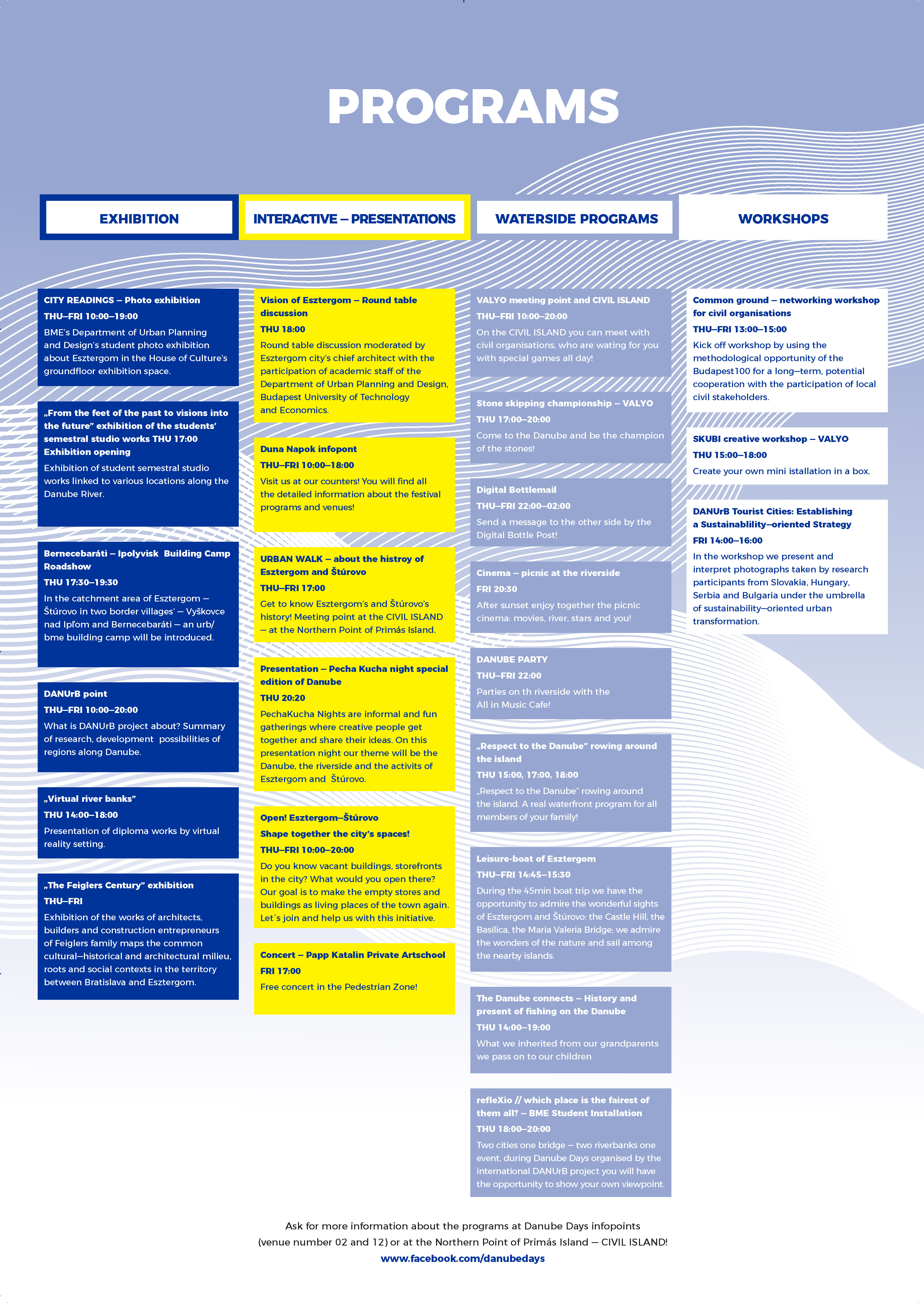
All events during the Danube Days served as pilots for evaluation by the DANUrB partnership. Future projects and heritage valorization tools will be developed partly based on these experiments. Stakeholders of Esztergom and Štúrovo were involved, and the success of these initiatives will be discussed with them, continuing a more strategic cooperation. The DANUrB partnership has two years to develop more and more efficient tools to make these cities a little more liveable and attractive with the help of their cultural heritage. We will return here in 2019 to see how DANUrB tools can make a change following a process initiated in 2017!
For more information about the DANUrB project, please visit dtp.interreg-danube.eu/danurb
Follow the DANUrB project on social media:
This project is co-funded by European Union funds (ERDF and IPA).




